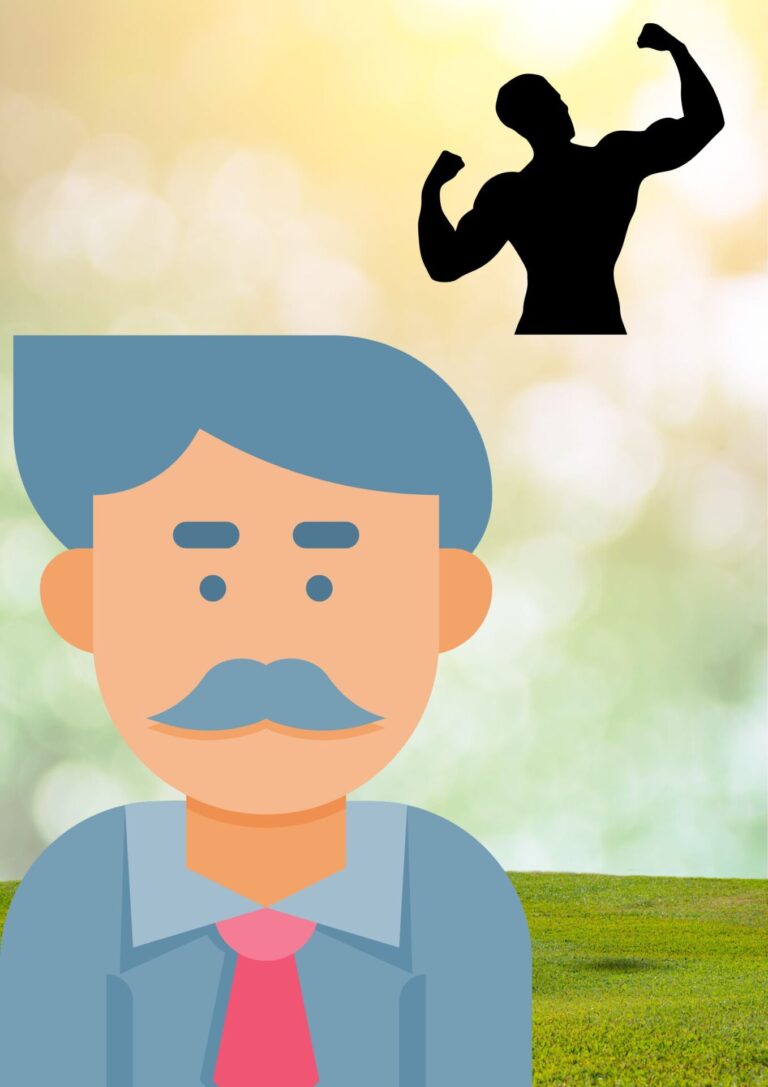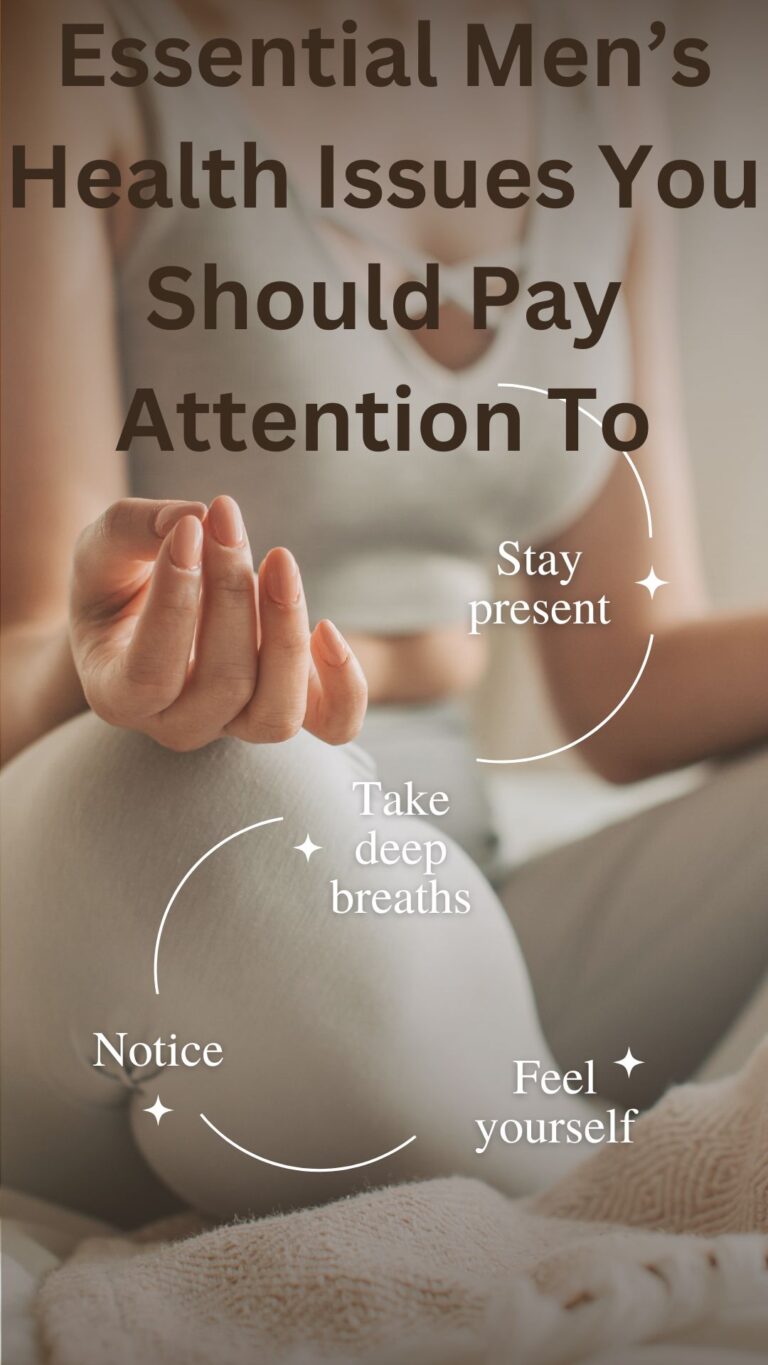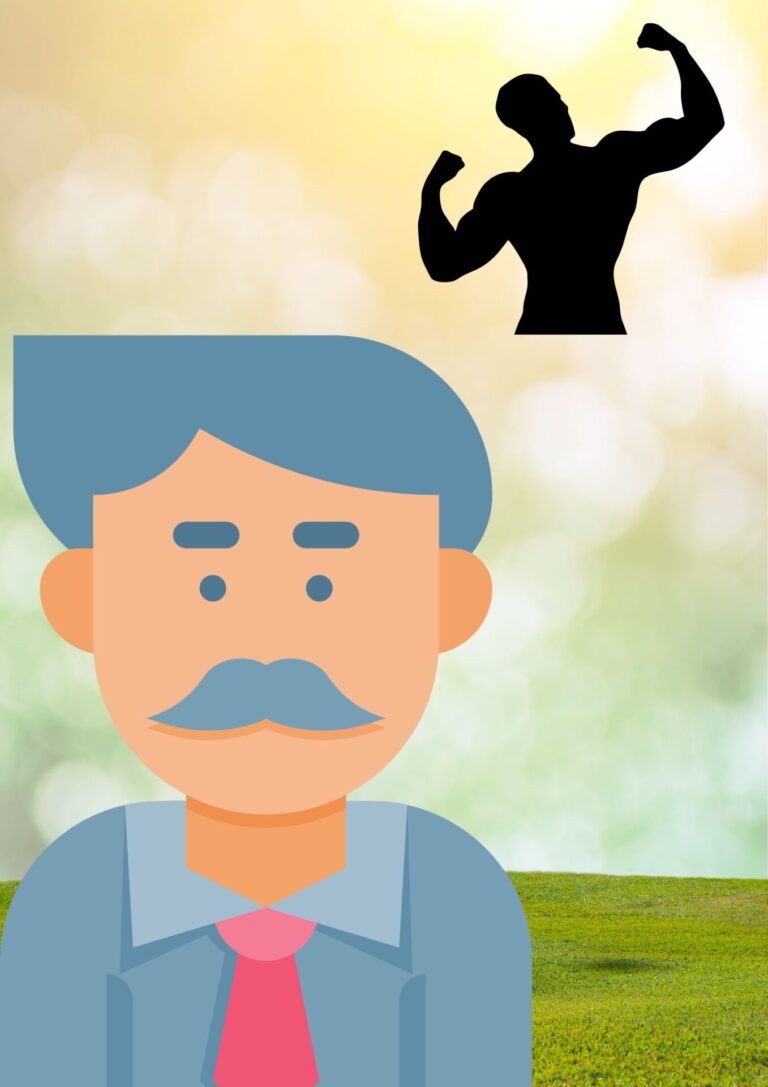Nighttime Calf Pain: Understanding the Causes and Finding Solutions
Calf muscle pain can be annoying and debilitating, especially at night. Many individuals suffer from calf muscle pain for various reasons. These include overuse and underlying medical conditions. Understanding when to be concerned and how to manage calf pain is crucial. This article will cover calf pain. We’ll look at its causes, treatments, and the role of calf exercises in recovery and prevention.

What causes calf muscle pain at night?
Many people experience calf muscle pain at night, and several factors can cause it. Some of the main causes include:
Muscle Cramps: One of the most common reasons for nighttime calf pain is muscle cramps. These sudden, involuntary contractions often occur while you sleep. They can last from a few seconds to several minutes. Dehydration, low minerals (like potassium or magnesium), and poor circulation can cause cramps.
Overuse: After a lot of standing or hard exercise, your calves may be sore and stiff, especially at night.
Poor circulation: circulatory issues, like peripheral artery disease, can cause calf pain at night. This is often due to heaviness or aching in the legs.
Nerve problems: Conditions like sciatica and a pinched nerve can cause calf pain. They often affect one leg and worsen at night.
If you often have calf pain at night, know the cause and take steps to prevent it.
How do I know if my calf pain is serious?
Calf pain can range from mild to severe. It’s important to know when it may signal something serious. Here’s how to determine if your calf pain requires immediate medical attention:
Pain after Injury: Sudden pain after an injury or intense activity may mean a muscle tear or strain.
Persistent or Severe Pain: If rest doesn’t help the pain, or it worsens, it may indicate a problem like deep vein thrombosis (DVT) or a blood clot.
Swelling, Redness, or Warmth: If your calf is swollen, red, or feels warm to the touch, it could indicate an infection or a clot that needs medical attention.
Difficulty Moving: If you have trouble moving your foot or leg, seek professional care right away.
If any of these signs occur, don’t hesitate to consult a healthcare provider for proper diagnosis and treatment.
Calf strain treatment
A calf strain happens when you overstretch or tear your calf muscles. These muscles are the gastrocnemius and soleus. This usually results from sudden movements or overuse. Here’s a brief explanation of how to treat it:
-
Rest: Give the affected muscle time to heal. Avoid activities that may strain the calf, such as running or jumping, for several days.
-
Ice: Use an ice pack on the strained area for 15-20 minutes every 2-3 hours for the first 48 hours after the injury. This helps reduce swelling and inflammation.
-
Use an elastic bandage or compression wrap around the calf to help with swelling. But, don’t wrap it too tightly, as it could restrict blood flow.
-
Elevation: When resting, raise your leg above your heart to reduce swelling.
-
Gentle Stretching and Strengthening: After 48-72 hours, the pain and swelling should subside. Stretch and strengthen the calf muscles with a gentle motion. Start with light stretches and gradually increase the intensity as the muscles heal. This may include exercises like towel stretches or calf raises.
-
Heat: After a few days, apply heat (like a warm compress or heating pad). It can relax the muscle and increase blood flow to the area.
-
Over-the-counter pain relief: NSAIDs, like ibuprofen, can relieve pain and inflammation. Be sure to follow the dosage instructions.
-
Physical Therapy: If the strain is severe or doesn’t improve with home treatment. Physical therapy may can need. It can help restore strength and flexibility.
It’s important to let the muscle heal fully before resuming strenuous activities. This will avoid re-injury. If you have severe pain, swelling, or trouble walking, see a doctor. You may have a serious injury, like a muscle tear.
Foot pain after sleeping
- Plantar Fasciitis: This is one of the most frequent causes of foot pain, especially after resting. The plantar fascia, a band of tissue along. The bottom of the foot, can become inflamed. Leading to sharp heel pain, especially when you first step out of bed.
- Poor Sleeping Posture: If your feet are in an awkward position while you sleep. Such as being pointed or curled. It can lead to pain and stiffness in the morning.
- Tight Muscles or Tendons: After a night of rest, the muscles in your feet can tighten. Causing discomfort or pain when you first stand.
- Arthritis: Conditions like rheumatoid arthritis or osteoarthritis can cause joint stiffness and pain in the feet. Which may feel worse after sleeping due to lack of movement.
- Nerve Issues: Conditions such as neuropathy or sciatica can cause pain, tingling. Numbness in the feet, which may be more noticeable after a night of rest.
- Footwear: Wearing unsupportive shoes during the day can lead to pain and discomfort that
worsen after sleeping.
If foot pain persists after sleeping or is accompanied by swelling, redness. Sharp pain, it’s a good idea to consult a healthcare professional for a proper diagnosis and treatment.
How do you treat calf pain?
There are several effective ways to treat calf pain, depending on the cause. Here are some methods you can try:
Rest and Elevation: Rest your calf muscles and elevate your leg. This can reduce pain and swelling.
Cold and Heat Therapy: Applying an ice pack can help reduce inflammation and numb the pain. After a couple of days, using heat can relax the muscles and promote healing.
Gentle Stretching: A gentle calf stretch can ease tension and reduce cramping.
Massage: Massaging the area can ease tight muscles and boost blood flow.
Pain Relief Medication: Over-the-counter pain relievers, like ibuprofen, can reduce inflammation and pain.
Calf Exercises: Do calf raises and stretches. They strengthen the muscles and improve flexibility. This can help prevent pain.
Importance of Calf Exercises for Recovery and Prevention
Calf exercises are vital for recovery and preventing calf pain. By strengthening the calf muscles and improving flexibility. You reduce the risk of cramps, strains, and overuse injuries. Here are some key benefits:

Calf exercises improve blood flow to the lower legs. This can reduce the risk of swelling and clots.
Increased Strength: Regular calf exercises boost muscle strength. This reduces the chances of strains and cramps.
Better Flexibility: Stretching can keep the calf muscles flexible. It can reduce tightness and prevent nighttime cramps.
FAQs About Calf Pain and Exercises
What causes calf muscle pain at night? Muscle cramps, overuse, poor circulation, or nerve issues can cause calf pain at night.
How can I tell if my calf pain is serious? See a doctor if the pain is severe or lasts. Seek help if your leg swells, turns red, or can’t move.
What are the best treatments for calf pain? Treatments include rest, elevation, cold and heat therapy, stretching, and massage.
Can calf exercises help prevent pain? Yes, calf exercises boost strength, flexibility, and circulation. They help prevent pain and injury.
When should I see a doctor for calf pain? If your pain doesn’t improve or worsens, see a doctor. Also, if you have swelling and redness, consult a doctor.
Benefits of Calf Exercises
| Benefit | Description |
|---|---|
| Improved Circulation | Boosts blood flow, reducing the risk of swelling and clots. |
| Stronger Muscles | Helps prevent strains, cramps, and injuries. |
| Better Flexibility | Reduces tightness, preventing muscle cramps. |
Conclusion
Calf pain is a common issue that can range from minor discomfort to something more serious. It’s vital to know the causes and when to seek help. This is key to managing the pain. Incorporating calf exercises into your daily routine can help improve circulation. Strengthen the muscles, and reduce the risk of future pain. For details on calf muscle pain, visit Cleveland Clinic: Calf Muscle Pain.

Stay proactive with exercises. Seek medical help when needed. This can manage and prevent calf pain. It will lead to a healthier, more active lifestyle.






